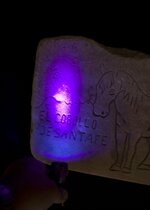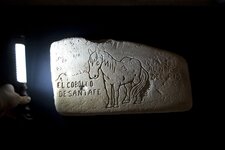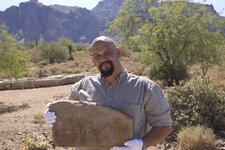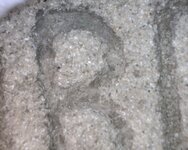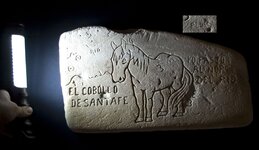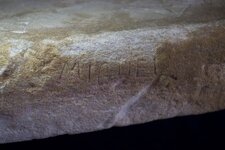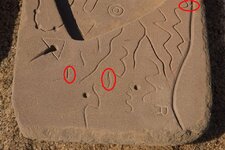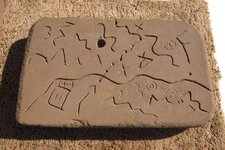UncleMatt
Bronze Member
- Jul 14, 2012
- 2,389
- 2,530
- Detector(s) used
- Garrett Infinium & Gold Bug II, Bazooka Super Prospector Sluice
- Primary Interest:
- All Treasure Hunting
I have to say, I've also found researching treasure tales really teaches me a lot about history, a treasure in and of itself.


